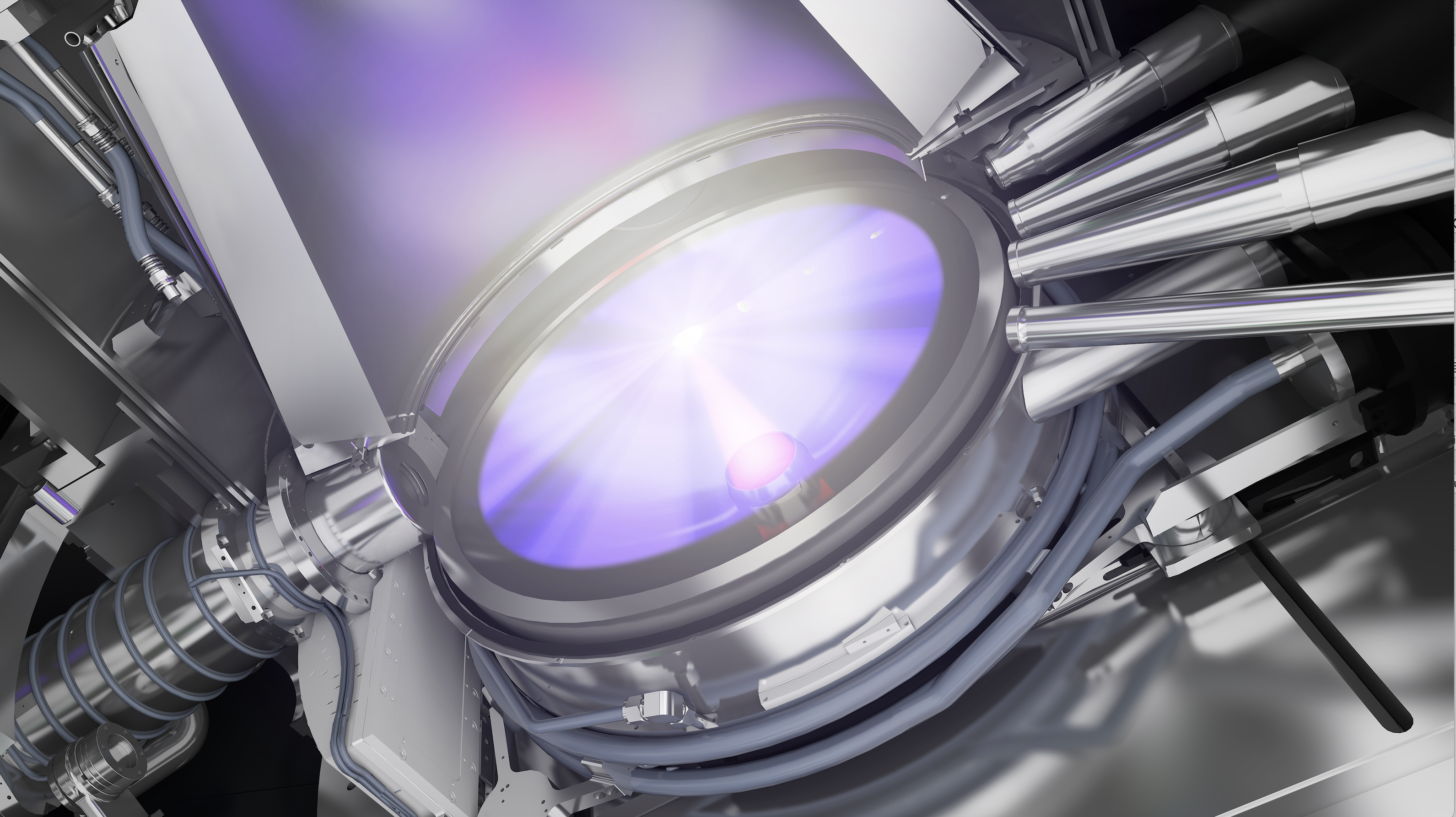Why ASML is the EU’s most Important Bargaining Chip
ASML has a global monopoly on EUV, the most advanced lithography technology that is on the Wassenaar Arrangement list of dual-use technologies and requires an export license. The Dutch government approved the export license of EUV-technology to China in 2018. The US government was not pleased and tried to press its ally to consider the security issues.

For a long time, Western companies seemed to feel that their technological superiority was unbeatable. The general thought was: Chinese companies would never be able to compete with Western companies, because “the Chinese are not innovative.”
This changed drastically when late 2017 US President Donald Trump received a warning from the National Security Council: if China were to be able to roll out a national 5G network before the US, China would “win economically, politically and militarily”. That was the moment the US government realised that for the building blocks of the new technological revolution (5G and semiconductors) the US depends on Asia (Huawei, ZTE, and TSMC) and Europe (Ericsson, Nokia, and ASML).
Since that realisation, the US government has tried to buy time to fill the gaps in American technological capacity. In 2018, the US government tried hard to slow down the advance of Huawei as a leading technology company and tried to buy Ericsson to catch up quickly in the field of 5G. It was the same year that American officials started to lobby the Dutch government to revoke ASML's export licenses for its most advanced lithography machines (EUV) destined for China.
ASML has a global monopoly on EUV, the most advanced lithography technology that is on the Wassenaar Arrangement list of dual-use technologies and requires an export license. The Dutch government approved the export license of EUV-technology to China in 2018, the same year in which the Dutch prime minister honoured Huawei with the NFIA-Award (Netherlands Foreign Investment Agency) for “steadily contributing to [the Dutch] economy”.
The US government was not pleased and tried to press its ally to consider the security issues. Meetings between U.S. Department of Defence officials and their Dutch counterparts took place at the Netherlands embassy in Washington in late 2018 and January 2019. The US government successfully convinced the Dutch prime minister to not renew the export licenses for the EUV-machines to China in 2019, before the expiry date (30 June) and before ASML exported a single EUV-machine to China.
The US government was not convinced that the Dutch government would withhold the license forever and looked for ways to have more control over the export of advanced lithography technology to China. The COVID-19 pandemic was helpful in that regard.
During the pandemic, the world experienced a chip shortage that lasted until 2023. Large parts of the world's citizens were in lockdown which caused an unexpected change in consumption. People worldwide bought en masse laptops, TVs, and game consoles. Car manufacturers, on the other hand, saw a decline in sales and made the mistake of ordering fewer chips, while all the new models needed more chips than ever because of their smart features.
Chip manufacturers decided to focus on the chips that were most in demand. When car manufacturers wanted to order chips again when the sales went up, they were last in the long queue for chips. Since the car industry is an important industry providing many local jobs and tax revenue, the chip shortage in this industry was felt strongly on both sides of the Atlantic.
Both the EU and the US felt compelled to do more to guarantee their national supply of chips. Suddenly there was much talk about “the vulnerabilities of the semiconductor sector”, pointing to the geographic concentration of certain key processes.
The sector is actually highly fragmented and therefore flexible in times of natural disasters or conflicts. However, there are two chokepoints in the value chain, and they are highly connected: TSMC in Taiwan and ASML in the Netherlands.
In 1987, TSMC dared to invest in this new Dutch company and they made each other big. Today, to make the most advanced chips with speed and accuracy one needs TSMC. And to produce these chips TSMC needs the machines from ASML.
What the US Wants from ASML
That does not mean that one needs the most advanced machines to make the most advanced chips. Simply put, producing chips involves three steps. First, a thin film layer needs to be placed on a wafer. This is called deposition. The more precise this film layer can be placed on the wafer, the easier it is to make an advanced chip. The Dutch company ASMI can make layers of one atom thick.
Then a pattern needs to be baked into this layer, to make a specific chip. This technology is called lithography. Again, the more precise the pattern can be placed on the layer the quicker and better the chips can be made. The Dutch company ASML has a global monopoly on the most advanced lithography technology (EUV).
The third stage is called etching: removing the parts of the film layer that are redundant. US companies are leading in etching. Without advanced technologies, one needs to repeat these steps endlessly to make a highly advanced chip. Mass production is then impossible.
To keep its technological leadership vis-à-vis China, the US government tries to attract TSMC to manufacture the most advanced semiconductors in the US and to deny Chinese companies access to the most advanced chip technology. The official argument for this is “national security”. This was also the argument used to convince the Dutch government to restrict the export of EUV technology to China. However, it seems that ASML is forced to pay the main part of the bill, while US companies keep selling to China.
When in 2019 the US government convinced the Dutch prime minister to stop the export of EUV technology, US companies were still allowed to sell their most advanced etching technologies to China.
When the US government announced the export measures for advanced chip technology to China in October 2022, they initially did not include restrictions for the export of etching technology. Not until Dutch companies complained.
The US government kept pushing the Dutch government to also stop the export of the less advanced DUV machines to China, because they argued that Chinese companies could make advanced chips with older DUV technology with the help of booster technologies. These unspecified booster technologies are mostly American etching technologies.
The Dutch government decided in June 2023 that because of the booster technologies ASML could also no longer export their most advanced DUV-machines (Argon Fluoride Immersion). The pressure from the US government was too high. The US government even put its support to Ukraine on the negotiation table.
Export Controls on ASML are a European Problem
What was the role of the EU? Export control is indeed a national competence, but the Dutch government could also not expect much support from the EU. The largest member states were more concerned about the effect of the American Inflation Reduction Act on their car industries. They saw ASML as a great bargaining chip to save their car industries. They did not seem to realize that the lithography technology from ASML is THE European bargaining chip to acquire the semiconductor technology that the EU is still lacking.
The whole world depends on ASML for the mass production of advanced chips. But to stay this strong, ASML needs to stay ahead of its competitors and invest in R&D. For that ASML needs to sell its cash-cows, these are not the most advanced DUV-machines, but the little less advanced DUV-machines.
However, just four months after the Dutch government decided to restrict the export of advanced DUV-machines to China, the US government overruled this decision and restricted the export of even older DUV machines, ASML’s cash-cows. The US government adjusted its de minimis rule (that grants Washington long-arm authority over any product from a non-American company if the product contains at least 25% American technology) to 0%. This change effectively asserted that even if no obvious US linkage exists via a person, technology, product, or service, the US nonetheless ‘retains jurisdiction over such foreign-made equipment to protect US national security and foreign policy interests’.
It is true that at the beginning of the negotiations, this was a national competence because it was about export control. However, the Dutch government drew her line concerning security issues with the export of advanced DUV machines in June.
When the US government decided to overrule this decision in October, it became a trade issue and that is an EU competence. The leading Dutch tech company has been coerced to restrict its exports to China by the US government and the pressure continues.
For a situation like this, the EU installed the Anti-Coercion Instrument and I hope that the EU member states will consider using this to show that the US government went too far.

The US government has pushed the Dutch government to stop the export of the less advanced DUV machines to China, because they argued that Chinese companies could make advanced chips with older DUV technology
IEP@BU does not express opinions of its own. The opinions expressed in this publication are those of the authors. Any errors or omissions are the responsibility of the authors.
